In 2017, after two years of construction and $4.5 million, CannaLife Solutions finished one of the most technologically advanced indoor production facilities. It is a grower’s dream and I landed the job in July 2017, when I was brought on board as head grower and general manager. The facility, with its 19 independently controllable and isolated grow room environments, has afforded me the unique opportunity to do advanced, controlled testing of a variety of cultivars, nutrients, growing mediums, environments, lights, and many other propagation factors.
The 10,350-square-foot facility is equipped with a state-of-the-art glycol cooling system that is far more powerful than any other cooling system I’ve ever used. The digital glycol controllers allow me not only to control the overall temp of the entire room, but the actual temp of the entering airflow, which lets me push our plants to the limits.
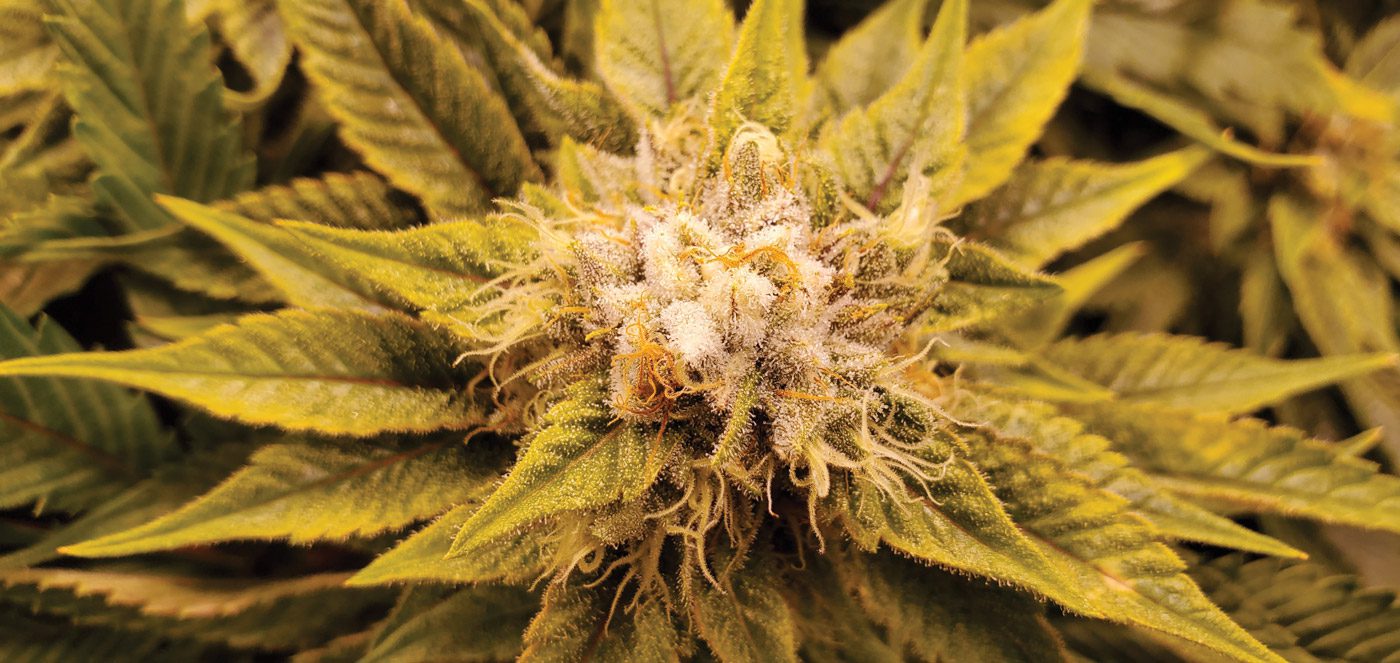
In the first year, we were waiting for our recreational license to arrive, growing only for medical patients. Our limited number of plants and the fact that the facility had 16 identical rooms made for perfectly controlled experiments, so we concentrated on research and development. We first looked at testing the theoretical limits of our strongest genetics.
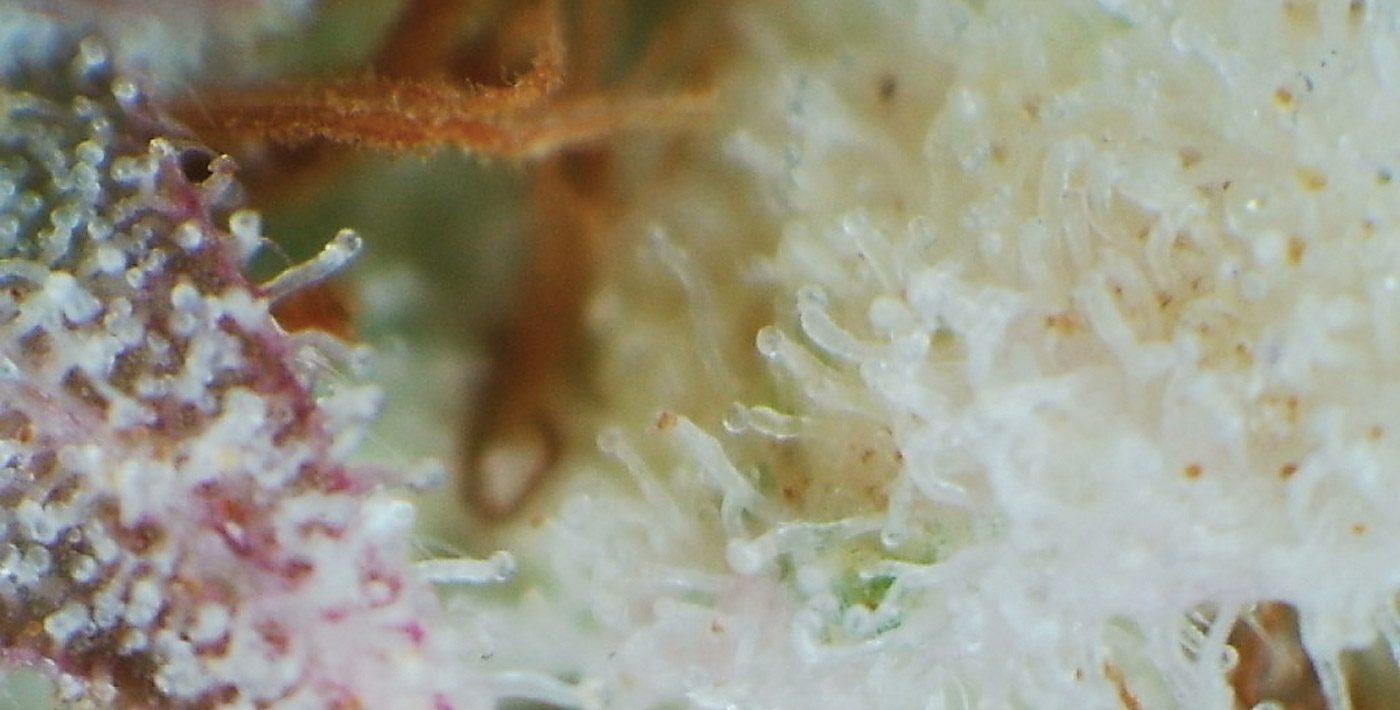
That’s when I discovered an interesting phenomenon. In my efforts to push towards 1,500 micromoles (the measurement of light used for photosynthesis), I naturally had to keep the ambient air and incoming air cooler and cooler to compensate for radiant heat and maintain optimal leaf temperatures. It was then that, under extreme light with added CO2 and very cool incoming air, our first white caps (also known as “snow caps” or “hash tips”) developed. At first, like most, we were very concerned, as none of us had ever seen the formation of white caps before, yet it looked nothing like a deformation, deficiency, or bug of any kind. I allowed these white caps to continue developing and began researching, finding that others had also experienced this phenomenon.
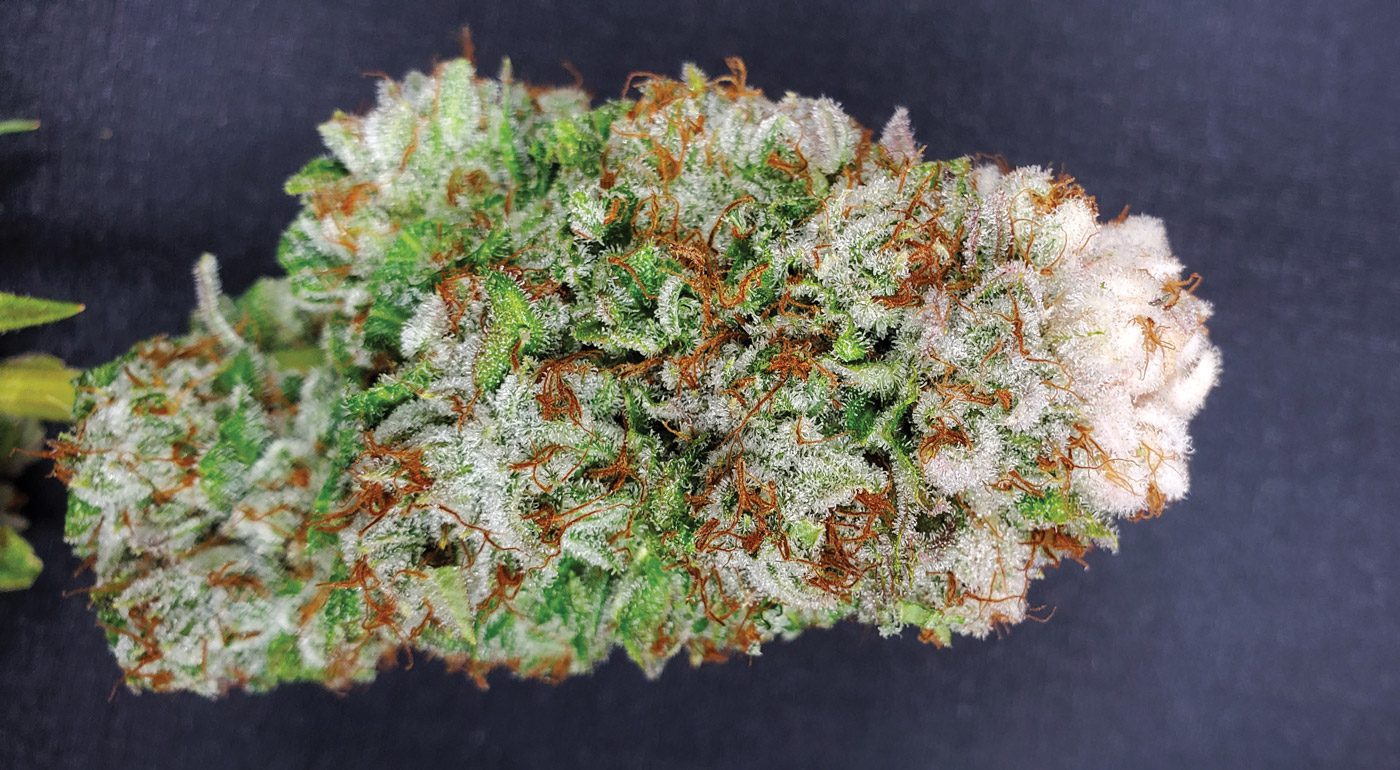
In the few articles I was able to find, authors speculated that this was an LED-spectrum-based occurrence. They theorized that LED lights, which are able to get extremely close to the canopy top, in conjunction with a standard AC system, are the environmental reason for the white cap formations. We can definitively state that this is absolutely not a spectrum-based happening. Again, this is not an LED or spectrum-based happening. We know this because we use double-ended HPS that are not at all close to the canopy. Instead, the white caps appear to be an environmental stress response.
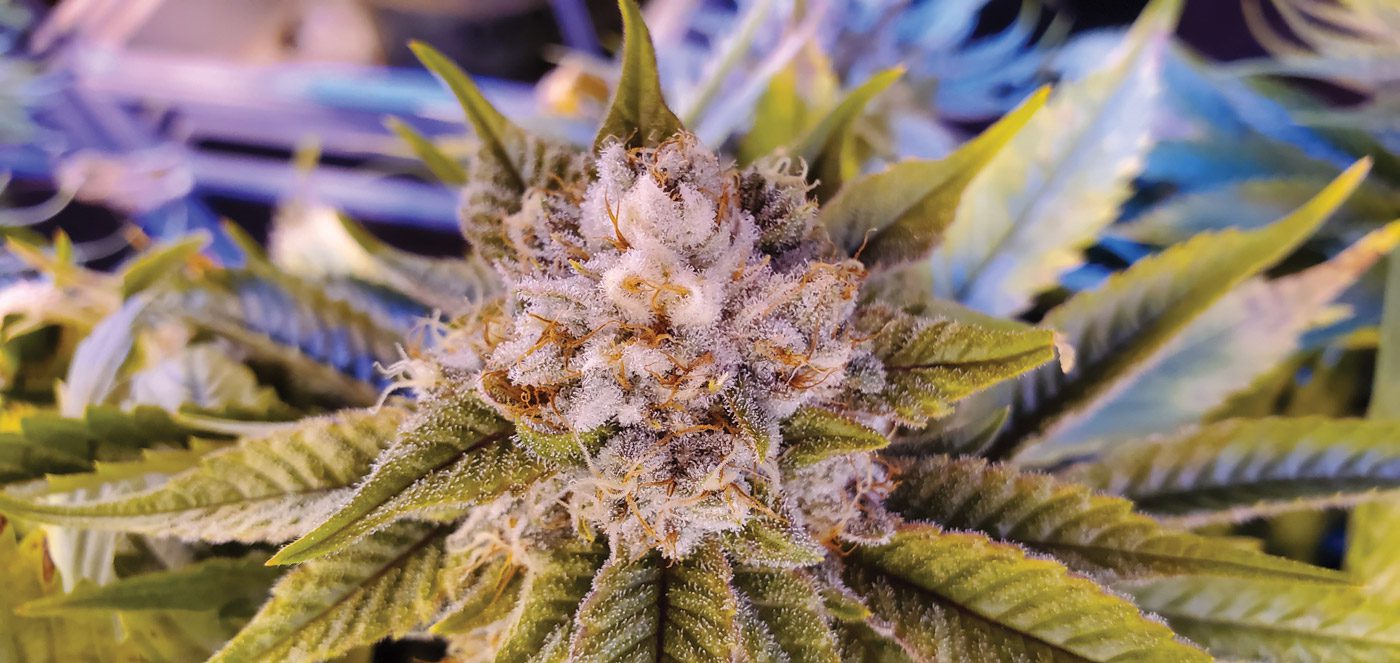
Through environmental testing, monitoring, and very minuscule changes in certain environmental variables, we have been able to replicate this stress response and instigate a white cap occurrence. With an exact proportion of light exposure, cold airflow, CO2, humidity, and our vegan nutrient program, the result is not only beautiful to see, but also tasty as well. The plant reacts by forming dense terpene and trichome clusters to protect itself from our intentional environmental stressors.

Through the following months, we played with light, temp, humidity, CO2, and nutrients. With more than 1,200 ppm CO2, humidity between 55% and 65%, an appropriate nutrient program, and, most importantly, cold airflow of less than 57 degrees Fahrenheit, we noticed that most equatorial and narrow-leaved hybrids will white cap. The more extreme you can push your environment while keeping leaf temps under 84 degrees, the more extreme your caps will form. Once carefully harvested and cured, the white caps burn and smoke very similarly to pure hashish.
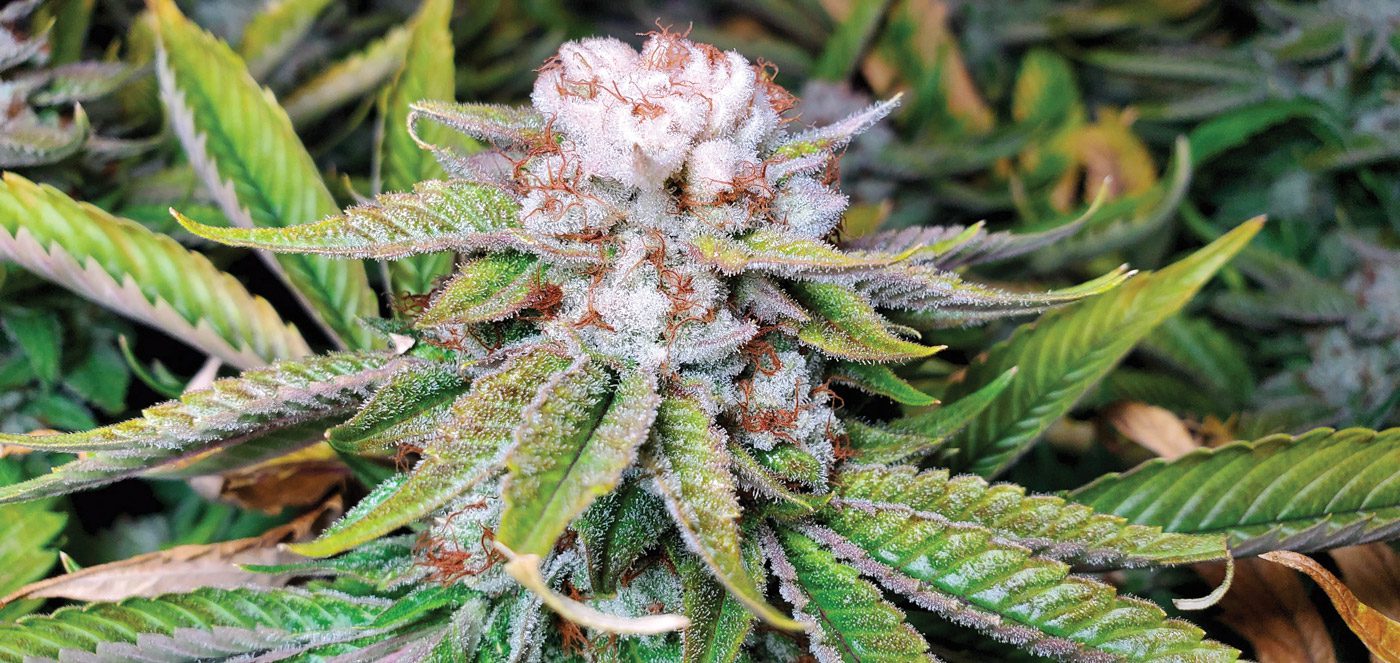
Cannabis, an incredible plant that has been around for thousands of years, has dealt with unimaginable environmental extremes. Its responses to these extremes and the resulting product are two of our focuses here at CannaLife Solutions.
I’m excited to bring this new information about white caps to the Grow community, and to share our unique discovery, which we are now able to reproduce regularly.

